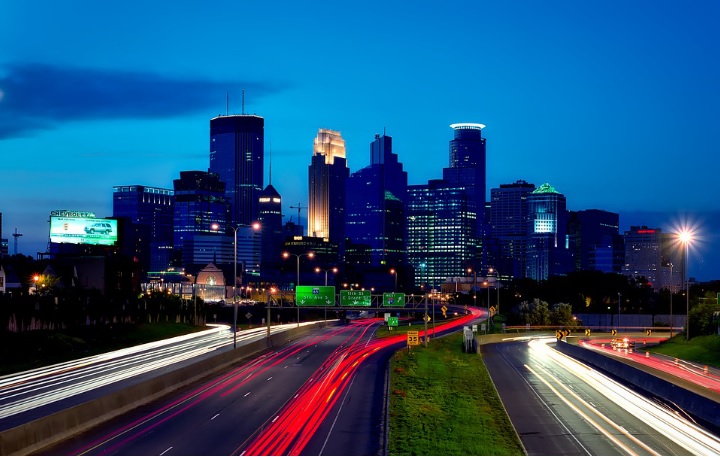Twin Cities Apartment Boom Is Showing No Signs of Slowing Down According to Reports
The Twin Cities is undergoing an apartment boom, and according to reports, there is no sign of it slowing down in the near future. Let’s look at the hard data before addressing the trends behind the multi-family housing real estate boom. We’ll also provide long-term projections for the Twin Cities apartment market.

The Stats on the Twin Cities Apartment Boom
Vacancies in the Twin Cities are ultra-low. Rents are rising steadily, and new apartment inventory may only make a dent in these trends, though new apartment construction has averaged 2.4% a year. The Twin Cities saw nearly 24,000 new apartments hit the market between 2010 and 2018. Another 13,000 units were completed in 2018. Most of those units were in the market-rate and luxury category.
The Demographic Factors Driving the Boom
The Twin Cities enjoy a growing population and lower-than-average unemployment. Young people stay in the area, driving demand for apartments, while migrants come to the area for work. Young adults opt for apartments close to the city’s nightlife and to avoid a long commute in from the suburbs, while those who just relocated are not ready to commit to a house purchase. That results in far greater demands for apartments than single family homes. Yet the area has only built one new apartment for every twelve new jobs.
Another factor in this equation is the rise of non-traditional renters. Many Baby Boomers and empty nesters are selling their suburban homes and choosing to move into upscale rentals. They enjoy the space and amenities while eliminating the upkeep of a yard and the long commute downtown for work and cultural activities. Companies like Bigos Management are developing properties that cater to this upscale market while creating the sense of community people crave. For example, instead of packing people into apartments who rarely see each other, their developments have communal outdoor spaces like pools, barbeques and fire pits where people congregate. This is on top of workout rooms, pet-friendly policies and concierge services that residents appreciate.
The Balanced Housing Market
The recent boom in apartments is aggressive by Minneapolis standards, but it isn’t going to lead to an oversupply. The rate of apartment construction in the Twin Cities is just over 2%, the 24th fastest in the U.S. However, it is well behind cities like Denver and Charlotte where apartment construction hits 5% a year. In those areas, the long timeframe of construction plus swings in the housing market means they could end up with a glut if the housing market slows down. Even if the construction rate continued at the same rate while demand slowed down, the Twin Cities housing market could absorb the units. The Twin Cities vacancy rate is about 3.5%, well below the 5% considered normal.
The Long Term Trends
The Twin Cities has mostly seen new apartment construction in downtown Minneapolis and Saint Paul. Half of all new units planned for construction will be in the suburbs, a figure expected to rise to 70% in the coming years. Senior housing is expected to increase, as well, though roughly a quarter of new apartments added since 2010 were aimed at seniors.
The rapidly growing Twin Cities apartment supply is barely keeping up with demand. While there are shifts in the demand for these units, expect the existing trends to continue for years to come.












